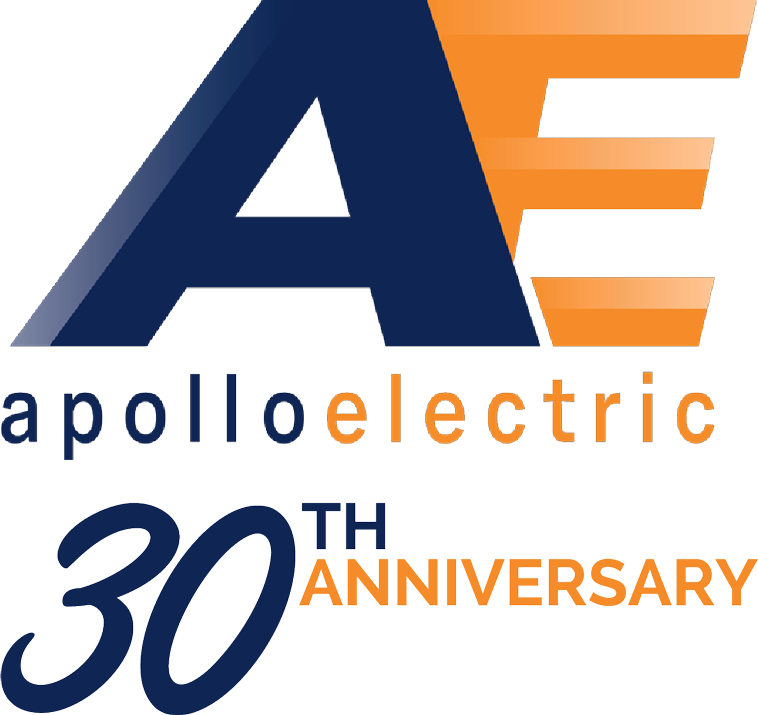
Energy Efficiency Tips for Businesses: Reduce Costs and Boost Sustainability
For business owners, staying competitive isn’t just about offering great products or services—it’s about running operations that are smart, sustainable, and efficient. Energy costs are often a significant expense, but what if there were ways to cut those costs while contributing to a greener future? By implementing innovative energy-saving measures, businesses can achieve both. This article explores practical energy efficiency strategies that reduce costs but and aligns with sustainability goals, making your business more resilient and responsible.
1. Upgrade to Energy-Efficient Lighting
Lighting accounts for a significant portion of a business’s energy usage. By switching to LED lighting, businesses can cut energy consumption by up to 75% compared to traditional incandescent or fluorescent bulbs. LED lights also last longer, reducing maintenance costs. Additionally, integrating smart lighting systems with motion sensors ensures that lights are only on when needed, further lowering energy consumption.
2. Conduct Regular Energy Audits
An energy audit helps identify inefficiencies in your facility’s energy usage. By analyzing your energy consumption patterns, an auditor can recommend actionable changes, such as upgrading outdated equipment or optimizing HVAC systems.
3. Optimize HVAC Systems
Heating, ventilation, and air conditioning (HVAC) systems are often the biggest energy consumers in a commercial building. Regular maintenance, such as cleaning air filters and inspecting ductwork, ensures systems run efficiently. Installing programmable thermostats or advanced energy management systems can also optimize heating and cooling schedules, reducing energy waste during off-hours.
4. Invest in Smart Energy Management Systems
Smart energy management systems provide real-time data on energy usage, allowing businesses to monitor and adjust consumption proactively. These systems can automate processes such as dimming lights during daylight hours or adjusting HVAC settings based on occupancy. Insights from these systems help pinpoint inefficiencies and drive long-term energy savings.
5. Power Down Equipment When Not in Use
Office equipment, such as computers, printers, and copiers, often consumes energy even when idle. Implementing a company-wide policy to shut down or unplug devices at the end of the day can significantly reduce energy costs. Power strips with built-in timers or surge protectors with auto-off features make this process seamless.
6. Upgrade to Energy-Efficient Equipment
Modern energy-efficient appliances and machinery are designed to consume less electricity without compromising performance. Look for equipment with Energy Star certification or similar energy efficiency ratings. Though these upgrades may require upfront investment, the long-term savings often outweigh initial costs.
7. Take Advantage of Natural Light
Maximizing natural light reduces the need for artificial lighting during the day. Consider installing large windows, skylights, or reflective surfaces to brighten interior spaces. Not only does this save energy, but natural light has also been shown to improve employee productivity and well-being.
8. Encourage Employee Participation
Fostering a culture of energy awareness among employees can amplify efficiency efforts. Simple practices like turning off lights, unplugging chargers, and reporting energy inefficiencies can collectively make a big difference. Providing training or incentives for energy-saving practices can further engage staff in sustainability goals.
9. Leverage Renewable Energy Sources
Installing solar panels or purchasing renewable energy credits can significantly reduce your business’s carbon footprint. Many states offer tax incentives or rebates for businesses that invest in renewable energy solutions, making the transition more affordable.
10. Insulate and Seal Your Building
Proper insulation minimizes energy loss and reduces heating and cooling costs. Inspect windows, doors, and walls for gaps and seal them to prevent drafts. Adding insulation to walls, roofs, and floors ensures that your HVAC systems work more efficiently, maintaining a comfortable indoor environment year-round.
Implementing these energy efficiency tips will reduce operational costs and position your business as a leader in sustainability. At Apollo Electric, we specialize in delivering energy-efficient electrical solutions tailored to your business needs. From LED retrofits to advanced energy management systems, we help businesses optimize energy usage and achieve their sustainability goals.
Contact Apollo Electric today to learn how we can help your business save energy, reduce costs, and contribute to a greener future.
Sources: internal use only
https://www.passeyelectric.com/blogs/raymond-electrical-company-blog/1123225-energy-efficiency-solutions–smart-electrical-practices-for-your-home-and-business
https://diversegy.com/ways-to-reduce-energy-costs-at-your-business-in-2025/
https://verdant.copeland.com/blog/7-energy-management-and-saving-tips-for-businesses/

